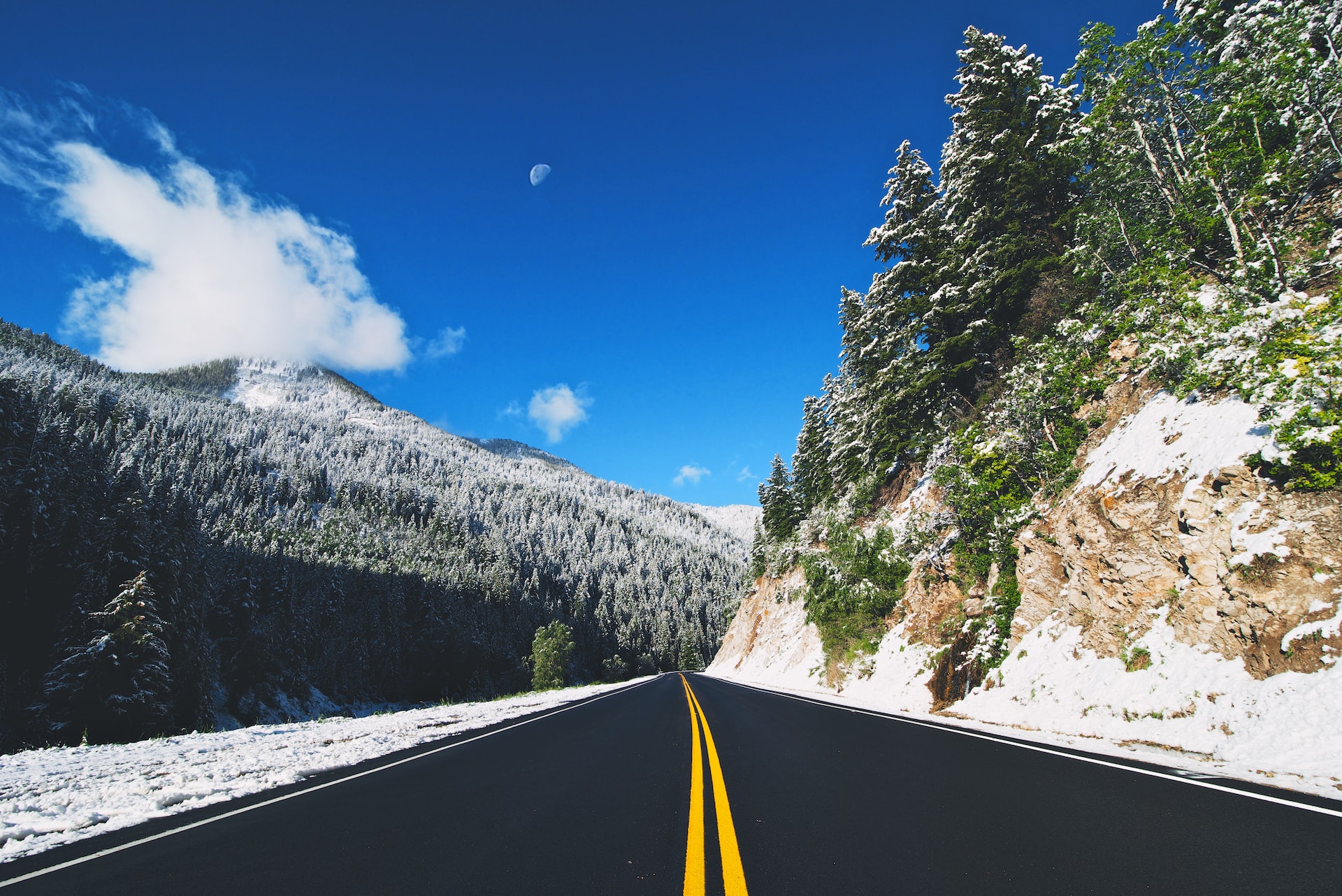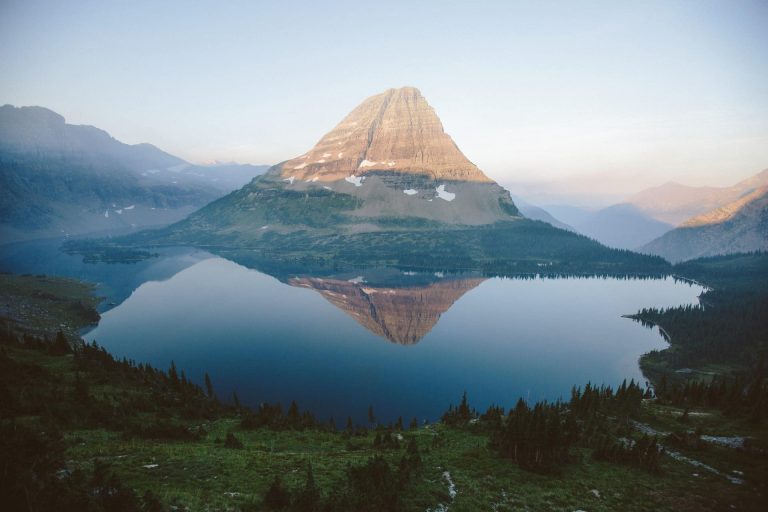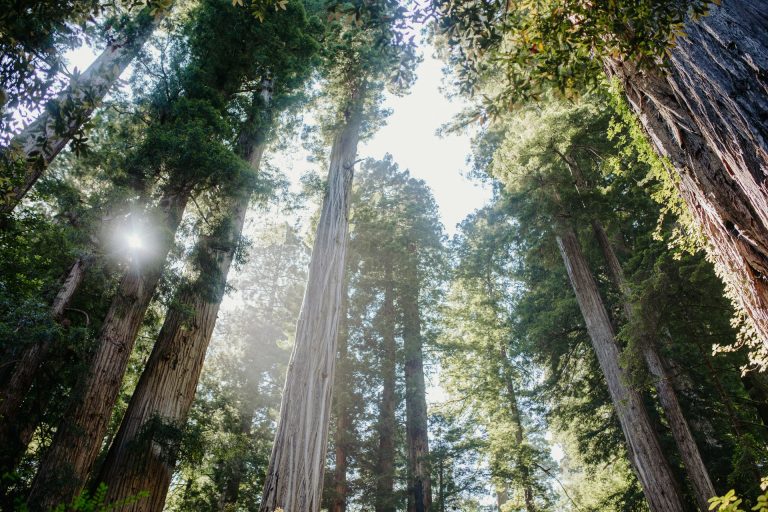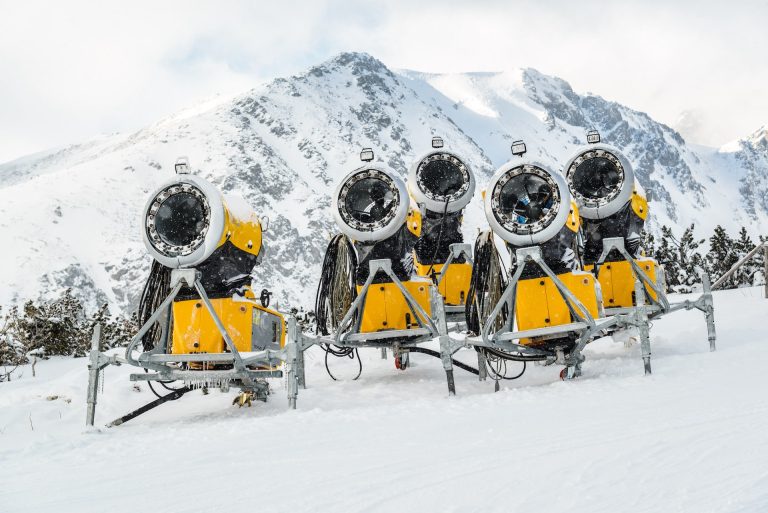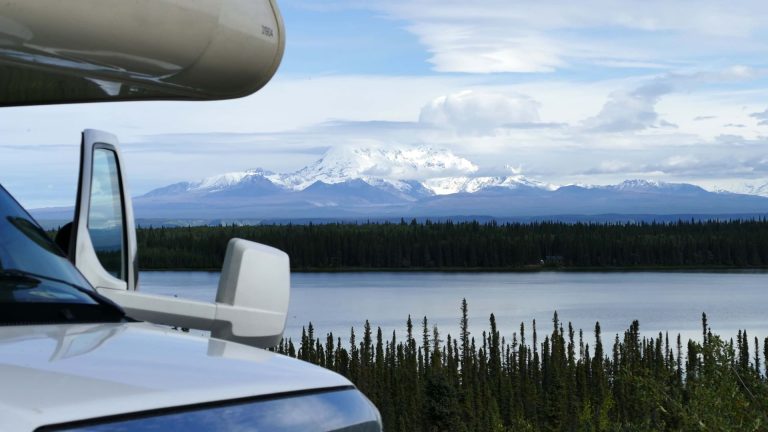Skiing Utah’s Little & Big Cottonwood Canyons
The Cottonwood Canyons are two adjacent canyons located in the Wasatch Mountains of Utah. The canyons are named after the dominant tree species found there, the cottonwood tree.
The two canyons are:
- Big Cottonwood Canyon (BCC) – located in Salt Lake County, it is about 15 miles long and is home to several popular ski resorts such as Brighton and Solitude.
- Little Cottonwood Canyon (LCC) – also located in Salt Lake County, it is about 8 miles long and is home to Alta and Snowbird ski resorts.
Both canyons are extremely popular destinations for outdoor recreation year-round, including hiking, rock climbing, mountain biking, and (of course) skiing. The canyons are known for their scenic beauty, rugged mountains, rushing streams, and dense forests of aspen, cottonwood, and evergreen trees.
What are the Cottonwood Canyons in Utah?
The entrance to the Big Cotton Wood Canyon is about 20 miles southeast from Salt Lake City International Airport (SLC). The road into Big Cottonwood Canyon is State Highway 190 that stretches 14 miles until it reaches the Brighton Ski Resort. In the winters, going beyond Brighton is impossible, as the South Guardsman Pass Road (Route 7440) is closed for the season. In the summer, Guardsman Pass Road will continue on past Park City, and into the town of Midway, UT.
The entrance to the Little Cotton Wood Canyons is about 25 miles southeast of Salt Lake City International, and 4 miles south of the beginning of the BCC highway. The road into LCC is State Route 210, and continues for a winding 9 miles until terminating at Alta Ski Area.
What Ski Resorts are in Each Canyon?
The Big Cottonwood Canyon is home to the Brighton Ski Resort and Solitude Ski Resorts.
Brighton is the only place with night skiing in the Canyons, and is widely considered the best place to snowboard in the area. Solitude has many more après-ski options than other Cottonwood resorts, and its terrain heavily leans towards the expert-level.
Snowbird and Alta are the two ski areas located within the Little Cottonwood Canyon.
Alta is one of the oldest and most difficult ski-only resorts in the country. Snowbird Ski Resort has Utah’s longest ski season, in addition to being one of its largest. The snow usually starts in late November and lasts well into May most years.
Alta and Snowbird are only separated by a ridgeline and if you buy a combination ticket you can easily swap between the two via the Mineral Basin, Baldy Shoulder, or Keyhole trails.
Why are the Cottonwoods So Good For Skiing?
The combination of abundant snowfall, high elevation, varied terrain, and easy access make the Cottonwood Canyons an extremely popular place for skiing.
- Abundant Snowfall: The Cottonwood Canyons receive a lot of snowfall each year. With an average of over 500 inches of snowfall, the ski resorts here are some of the snowiest in the country. This creates excellent conditions for skiing, with deep powder and a long season.
- High Elevation: The ski resorts in the Cottonwood Canyons are located at high elevations, which means the snow is lighter and drier, making for better skiing conditions.
- Varied Terrain: The ski resorts in the Cottonwood Canyons offer a wide range of terrain for skiers of all abilities, from beginner runs to challenging expert terrain. The steep slopes, narrow chutes, and deep powder create a unique skiing experience that attracts skiers from all over.
- Easy Access: As mentioned above, the entrances to the Cottonwood Canyons are located less than 30 minutes from Salt Lake City. This makes them easily accessible for skiers who are traveling from out of town. There are also several ski resorts in the canyons, making it easy for skiers to find a resort that meets their needs.
- IKON Pass: All four of the Cottonwood Canyon ski resorts are a part of the IKON season lift pass network. When buying a season-long pass like IKON, you can ski its member resorts all season long for a low price (and just one ticket).
Difficult Ski Season Traffic in the Cottonwoods
During ski season in the Cottonwood Canyons, traffic jams and difficult road conditions are common. Avalanche mitigation causes delays, but UDOT Cottonwoods notifies drivers on Twitter before they begin. It is recommended to use a 4WD truck and have chains or snow tires, as UDOT traction law signs suggest often. Check UDOT’s Twitter for updates before visiting resorts.
Roads up the canyons get busy very early, often resulting in backups on weekends, holidays, and fresh powder days. Roads down the canyons after heavy snowfall can be treacherous, with avalanche mitigation often taking place. It’s possible to beat the snow plows to the roads by traveling early, but caution is advised.
Transportation Options in the Canyons
There are several transportation options for skiing in the Cottonwood Canyons during ski season, including the ski bus, shuttle options, Cottonwood Connect, Canyon Transport, Alta Shuttle, and Utah Mountain Shuttle.
These are all great options to consider when traveling to the ski resorts in the Cottonwood Canyons. However, it’s important to note that shuttles can become very crowded and may fill up quickly, so it’s a good idea to arrive early to secure a spot. Additionally, there may be other transportation options available, such as private car services or taxi/rideshare options, so it’s worth exploring different options to find the best fit for your needs.
Little Cottonwood vs. Big Cottonwood
While both Big and Little Cottonwood Canyons offer world-class skiing during winter, there are some differences between the two canyons that are worth noting:
Snowfall: Little Cottonwood Canyon typically receives more snow than Big Cottonwood Canyon, with an average annual snowfall of over 500 inches compared to Big Cottonwood Canyon’s average of just under 500 inches. This can lead to deeper powder and better skiing conditions in Little Cottonwood Canyon.
Terrain: Both canyons offer a variety of terrain for skiers of all abilities, but Little Cottonwood Canyon is known for its steeper, more challenging runs. Expert skiers may prefer Little Cottonwood Canyon for its more advanced terrain, something that Alta Ski Area is very well known for.
Crowds: Both canyons can get extremely crowded during peak ski season, and there is little expectation that it will change anytime soon. However, Little Cottonwood Canyon is typically more crowded due to its popularity among expert skiers and the fact that it is home to Alta and Snowbird, two of the most popular ski resorts in not only the area, but the country.
Access: Big Cottonwood Canyon is located closer to Salt Lake City and is slightly more easily accessible from the city, while Little Cottonwood Canyon requires a longer drive and can be more difficult to access during winter weather conditions since it receives a bit more snow each year.
